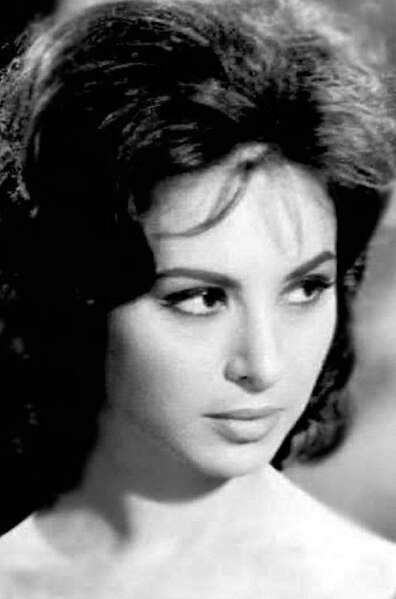The woman's film is a film genre which includes women-centered narratives, female protagonists and is designed to appeal to a female audience. Woman's films usually portray stereotypical women's concerns such as domestic life, family, motherhood, self-sacrifice, and romance. These films were produced from the silent era through the 1950s and early 1960s, but were most popular in the 1930s and 1940s, reaching their zenith during World War II. Although Hollywood continued to make films characterized by some of the elements of the traditional woman's film in the second half of the 20th century, the term itself disappeared in the 1960s. The work of directors George Cukor, Douglas Sirk, Max Ophüls, and Josef von Sternberg has been associated with the woman's film genre. Joan Crawford, Bette Davis, and Barbara Stanwyck were some of the genre's most prolific stars.

Bette Davis in Jezebel (1938), one of the quintessential woman's films. Davis plays a Southern belle who loses her fiancé (Fonda) and her social standing when she defies conventions. She redeems herself by self-sacrifice.
In King Vidor's Stella Dallas (1937), Barbara Stanwyck plays a working-class mother who sacrifices her connection to her daughter in order to help her become part of an upper-class world.
Faten Hamama (1931–2015), Egyptian film legend, inspired women all over the Middle East and Africa.
A film genre is a stylistic or thematic category for motion pictures based on similarities either in the narrative elements, aesthetic approach, or the emotional response to the film.
Western films are those "set in the American West that embod[y] the spirit, the struggle and the demise of the new frontier". Pictured: Clint Eastwood in the Spaghetti Western film A Fistful of Dollars (1964).
War film or anti-war movie: Lewis Milestone's All Quiet on the Western Front, 1930




![Western films are those "set in the American West that embod[y] the spirit, the struggle and the demise of the new frontier". Pictured: Clint Eastwood](https://upload.wikimedia.org/wikipedia/commons/thumb/f/f3/Clint_Eastwood_-_1960s.JPG/640px-Clint_Eastwood_-_1960s.JPG)
